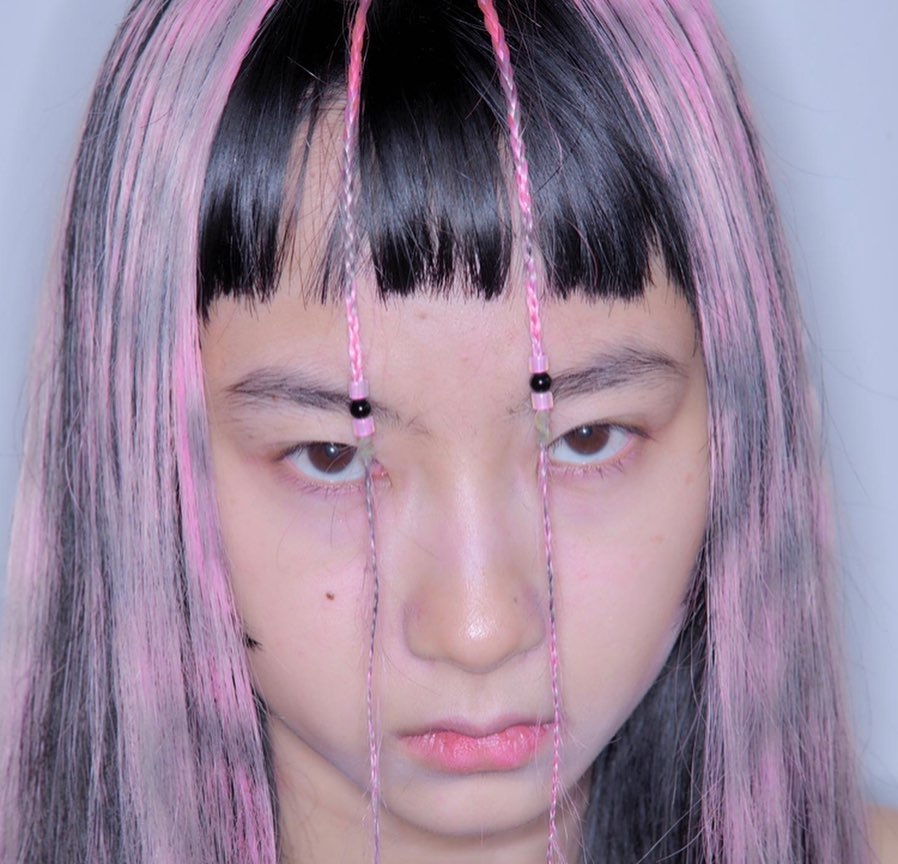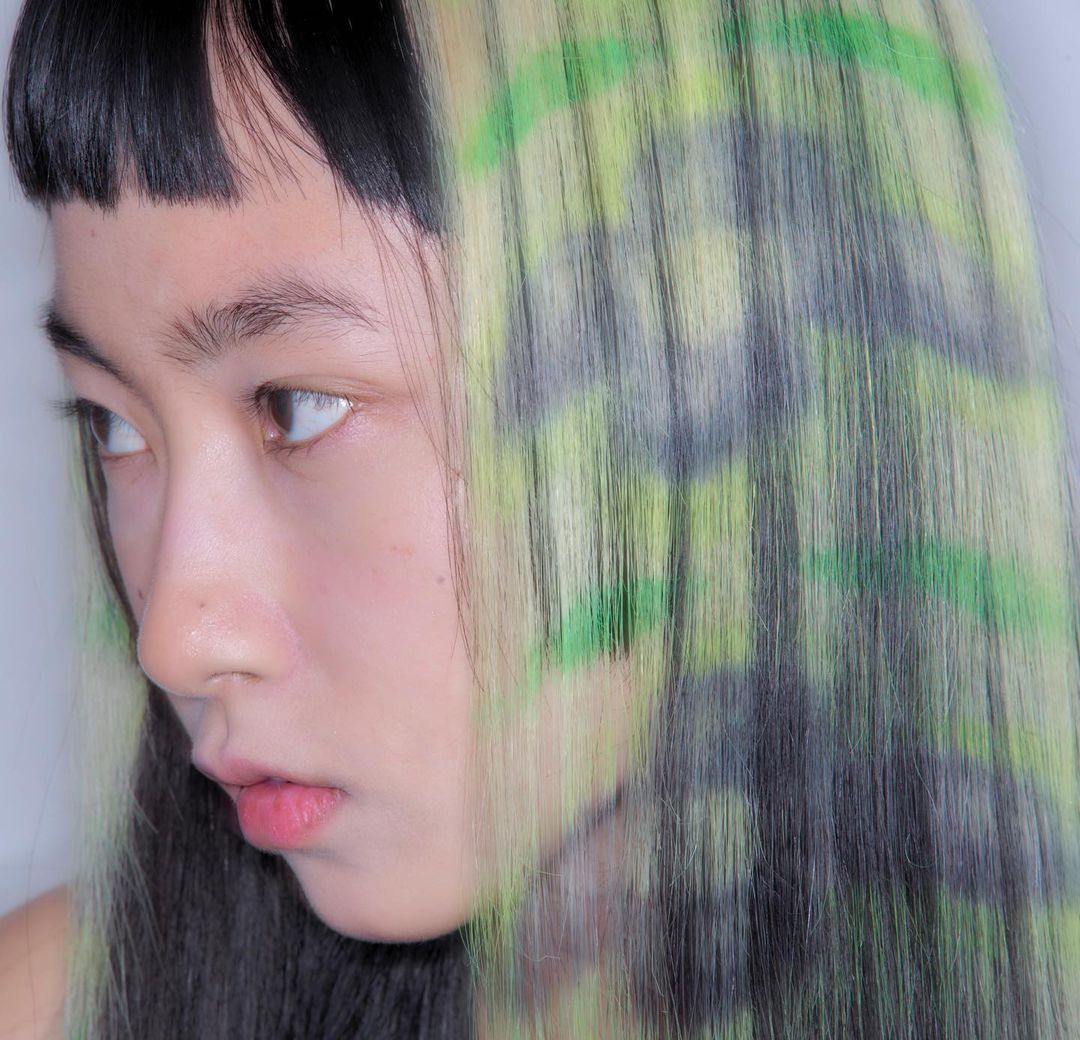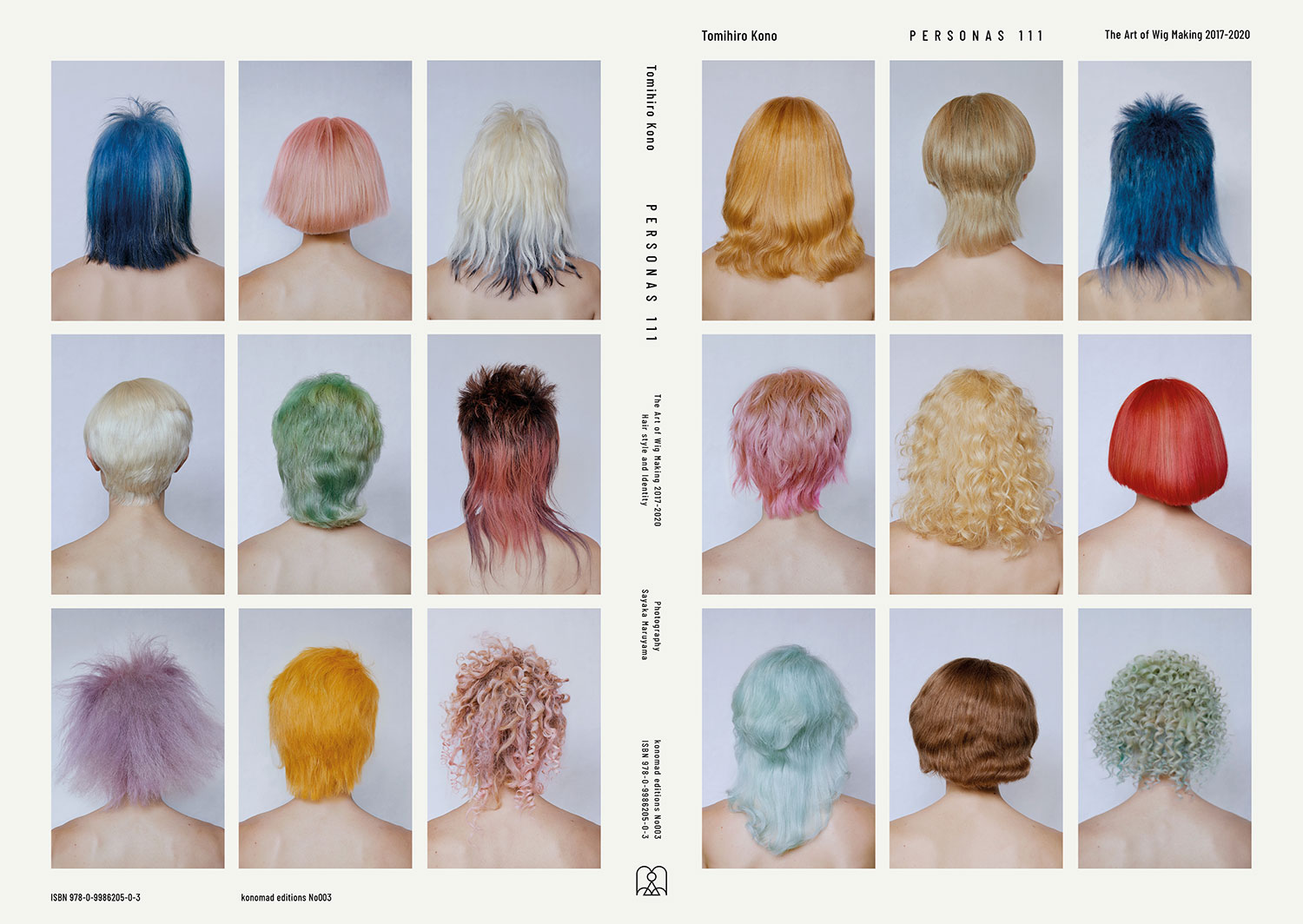Fashion industry’s favourite hair icon stretches our perceptions of what hair and identity are in the wake of the HA!R POWER exhibition

From the cover of Björk‘s latest album to the Paris runway, the mastermind behind Tomikono Wig‘s is Tomihiro Kono himself. With an attitude hailing extravagance, there is nothing too intricate in Tomihiro Kono’s world. Gracing the fashion world with hairstyling it couldn’t ever imagine possible, Kono’s work transcends everything we know about hair, both the looks, meaning, and history. Soaking up inspirations from global (sub)culture, he pulls references that have existed throughout a multitude of centuries and continents. With hair as his medium, Kono removes the physical limitation that stops us from immediately changing an identity, comparing haircraft to witchcraft, Kono proves to us that ‘hair has so much power than just an aesthetic one’. In celebration of the exhibition HA!R POWER at the Wereldmuseum Rotterdam, in which Kono will be showing, we spoke to the trailblazer of hair about the work he will be sharing with us, giving us a behind-the-scenes look into what it takes to create a Tomikono Wig. HA!R POWER is running until May 7th, so make sure to check it out!
How are you today? When did you arrive?
Pretty good. We arrived yesterday morning. Was quite a long journey, we had to transit in Abu Dhabi. So we’re still pretty jetlagged today!
I bet, you must be exhausted.
I’ve been following your work for some time, and the constant creative flow is really incredible. What has your journey to where you are today looked like?
When I was little, I loved animals. So at first, I wanted to be a pet groomer. My mum told me I should start with humans first (before being a hairdresser for pets). So, of course, I followed her advice and started working at a hair styling salon in Harajuku; the most trendy area in the very centre of Tokyo. My teacher used to work between Tokyo and London, so suggested that I should go there too. I went to London in 2007 and started doing session styles, working with a lot of fashion magazines and shows. Later, I then moved to Ney York, and was really interested in learning how to make wigs. It’s a craft that has existed for centuries and I just tried to learn it all from scratch all by myself. I would order wigs from eBay and teach myself by watching YouTube and asking people around. It was all very self-taught.
That takes a lot of dedication.
Yeah! And a lot of patience and curiosity as well. There wasn’t much information about how wigs were made then. In fact, usually, wigs only come with drawings…so you had to figure out their weight and all these properties yourself.
A lot of it comes from a natural curiosity then.
Definitely.
In a recent interview, you described the act of wig-making as a medium for transformations. Maybe you could talk me through this idea of transformations?
I’ve always found it fascinating how wigs can transform a person’s entire identity. Or hair in general; if you want to change yourself, the first thing would be to dye or cut your hair. I particularly looked at this in my book, Personas, looking into how we all have a “social face” and an “inner face”. Some wigs match an individual confidently and some look unsure, you can always tell by looking in the face. But going back to your questions, transformation is the idea I’m most passionate about and the reason I’m doing this job. For me wigs are a bit like hats, you can change them every day based on how you feel in the moment, and how you want to express that feeling. For example, I have a clip that can change your haircut in a second!
I guess it’s about fluidity within the transformation. How would you say the wearer or the context in which your pieces are shown impacts your work? So, for example, in Personas, you just chose one model. What does using one face add to the work?
I think it’s the simplest way to express that the wig has power. It’s confusing for me when make-up comes into play, so I like to keep it bare and just showcase the model’s personality.
The model acts almost like a blank canvas upon which your work can build on.
Exactly.


HA!R POWER is a reflection of both the power of hair, as well as the stigmas and pressures that can come alongside it. Why do you think hair is so powerful?
I think hair is always powerful when it belongs to a human (or an animal), but when it is a separate object it too is such a powerful material. At the exhibition, you can see hair that is hundreds years old. You can keep hair in good condition for such a long time, and there isn’t anything else like it. This in itself is so powerful. It’s like living history, a treasure. One of the wigs I am showing at the exhibition is made entirely by hand, I’m curious to see what happens to it in 30, 50 years.
Wow, it’s beautiful. It’s like the story never ends, it just keeps developing. Does it make it hard to stop during the creative process? I can’t even imagine how long it must’ve taken you. How can you tell when to stop if you can just keep creating?
I think my body tells me when I need to stop. Since I started wig-making, I have lost my eyesight a bit. It gets better as soon as I stop working. That’s how much energy it takes out of me. For fashion week, when I don’t have to sew, it’s easier.
There should always be a balance. It doesn’t always have to be as meticulous as that piece! You gave me a little peek, but maybe you could say a bit more about what we can expect to see at HA!R POWER?
The exhibition will show how my pieces are wearable and what is actually going on with the technology behind them. The audience will be able to see wigs from centuries ago as well as get an idea of what dominates the contemporary hair industry today. It’s a very interesting comparison. There will also be a wig shop!
It’s like an anthology of hair. Thank you so much for talking to me today. Is there anything else you’d like to share?
Haircraft can be like witchcraft. Hair has so much more power than just an aesthetic one.
